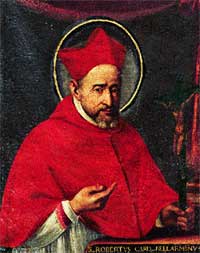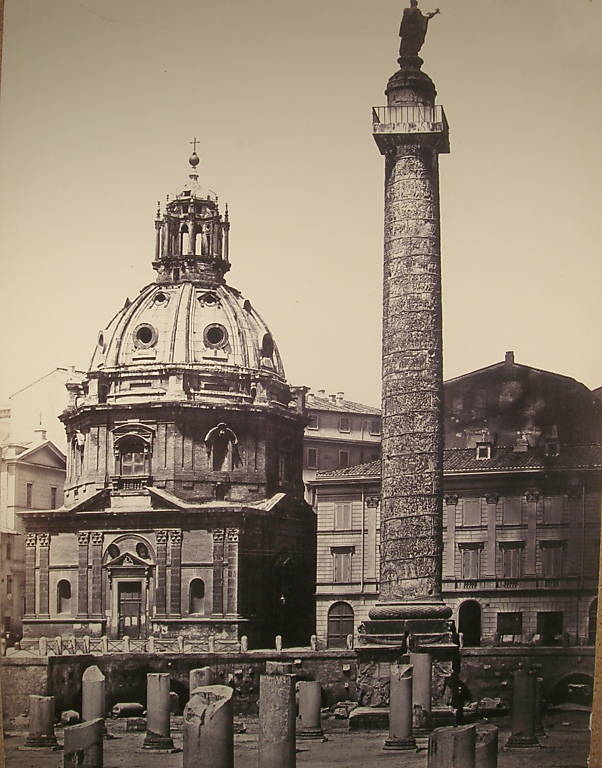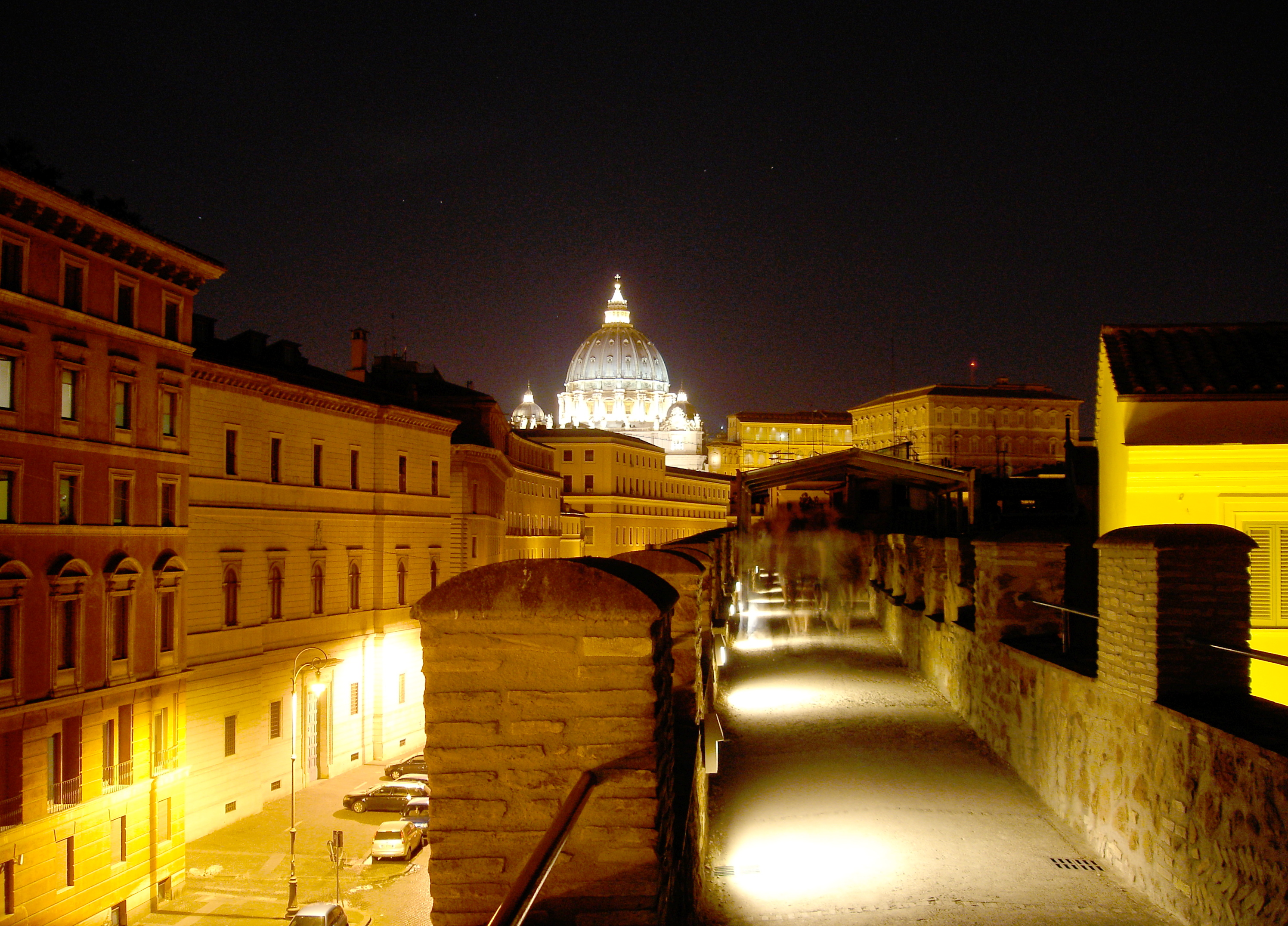Unfortunately in some respects, I had to spend this morning moving from San Gregorio to the Hotel Emmaus - not because they kicked me out, but because when months ago I organized to stay at the former, they were already booked out for to-night and to-morrow: now, to-morrow I'll overnight in Florence, but to-night had to organized while I was in Rome (thanks, Mike, for your help), owing to an oversight on my part.
In any case, having had a sleep-in, and moved out, I took the metro across to Ottaviano station, and walked down just past St Peter's to the hotel. It seems very pleasant and comfortable, with a TV and air-con, benefits not available at the monastery! For this reason, having to pay €75 for a single room seems fair: it's only just a bit more than double the very cheap San Gregorio rate (one of the lowest in Rome, even among religious houses), and would compare favourably with accommodation rates back in cities in Australia. I have been very fortunate.
Because the churches are closed in the heat of mid-day, I didn't head off on my afternoon adventures till after 2 pm. This may have been unideal...

First, I walked all the way to Santa Maria Maggiore (making a few detours along the way by mistake). What a church!
I first adored in the Exposition chapel, then prayed before the ancient and venerable icon of Our Lady Salus Populi Romani (Health, Safety and Salvation of the Roman People).
A memorial inscription recorded that it was here at her altar that Eugenio Pacelli - later Pius XII - offered his first Mass, out of devotion to the Holy Virgin.
But wait - then I descended the stairs of the confessio beneath the high altar...

I was overpowered with amazement to behold, in its gold and silver reliquary, beams of wood from the Crib of Jesus Christ Our Lord: the Word Made Flesh dwelt first amongst us in His Mother, and then was cradled therein when He was born in Bethlehem of Judea. Behold the wood of the Crib, on this day when we venerate the Wood of His Cross!
Kneeling there in wondering awe, I prayed the Gloria in excelsis, the Angels' hymn over the Babe of Bethlehem, then turned to the texts of Christmas in my missal:
Apparuit gratia Dei Salvatoris
nostri...
(The grace of God our Saviour hath
appeared...)
Apparuit benignitas et humanitas
Salvatoris nostri Dei...
(The benignity and humanity of God our
Saviour hath appeared...)
Et peperit filium suum primogenitum,
et pannis ejus involutum, et reclinavit eum in praesepio ...natus est vobis
hodie Salvator, qui est Christus Dominus, in civitate David. Et hoc vobis
signum: invenietis infantem pannis involutum, et positum in
praesepio. ...et invenerunt Mariam, et Joseph, et infantem
positum in praesepio.
(And she brought forth her Firstborn Son,
and wrapt Him in swaddling clothes, and laid Him in a manger ...For you is born
this day the Saviour, Who is Christ the Lord, in the city of David. And
this shall be for you the sign: you shall find the Infant wrapt in swaddling
bands, and laid in a manger. ...and they found Mary, and Joseph, and the
Child lying in the manger.)
Concede, quaesumus, omnipotens Deus,
ut nos Unigeniti tui nova per carnem Nativitas liberet, quos sub peccati jugo
vetusta servitus tenet. Per eumdem...
(Grant, we beg, almighty God, that the new
birth of Thine Onlybegotten in the flesh may deliver us, who are held by the old
servitude under the yoke of sin. Through the same...)
Moving on round the basilica, I admired the sumptuous and ancient apse mosaics of the Coronation of the Virgin and her Dormition, surrounded by angels, accompanied by the small suppliant figure of Pope Xystus III, who had them done for this great church of St Mary Major, in commemoration of the decree of the Council of Ephesus against all heretics that the Blessed Virgin is truly Theotokos, Deipara, Mother of God.
Then I espied a familiar face in one of the confessionals - Fr Denis Hallinan, O.P., a wise and caring old priest, dear to me from years past. He and the other Dominicans who man the confessionals (which are kept busy the whole time: each friar sits administering the Sacrament of Penance for at least 24 hours a week) are employed by the Apostolic Penitentiary that the multitudes of the faithful may have confessors fluent in many languages.
He was surprised and delighted to see me, and I him. We had a very pleasant chat (before I left him to his next penitent), and he shewed me where the former penitential wand used to sit - before miserable Paul VI abolished so many fun Catholic things, and ruined most of the rest, you could gain a plenary indulgence just by the touch of the wand (à la Harry Potter). How sad that what was a part of the rich tapestry of Catholicism is now a superstitious plaything.
Fr Denis generously accepted a stipend to say a Mass for my family, and I bade him adieu.
Next, on to St John Lateran! On the way I bought a gelato (almond flavour), and had to miss visiting Santa Prassede (it would have been impious to walk in licking an icecream), but I did make a station at St Alphonsus, where the original icon of Our Lady of Perpetual Succour is kept.
Further along, I visited two churches opposite each other: SS Marcellinus and Peter (annoyingly, their sacred remains were long ago translated to Heilegenstadt) and St Anthony of Padua (a very disappointing building).
At last, San Giovanni in Laterano! I was getting tired, and walked the interior without so much devotion. I did like the great Baroque statues of the Apostles, superhuman in size, all down the nave.
When moving on, I realized from my map that it was only a block to the Santa Scala... so a few minutes later saw me going up them on my knees, which is painful and no joke I can tell you. For the sake of Thy sorrowful Passion, O Lord! That was my prayer, and I hope to thus have gained the plenary indulgence.
But I had still further to go: Santa Croce in Gerusalemme was my final objective before turning back. This is the feast of the Exaltation of the Holy Cross after all. I cannot say how solemn, sombre, stark and moving was the chapel of the sacred relics of the Passion: there was a notable hush, and a larger proportion of sisters and priests in evidence, in silent meditation upon the Nail, the Thorns, the Fragments of the True Cross, the Titulus or superscription (written in Latin, Greek and Hebrew) that Pilate wrote and had pinned above Our Lord on Calvary, and the Finger of St Thomas, which touched the Wounds in the Hands and Side of the Risen Christ: for, supreme over Death, He still and for ever bears the scars of His Triumph, which are evermore glorious and adored.
I should have spent longer at all these sites, but it was a quarter to six, and I was a long way from SSma Trinità, where I desired to hear Mass of the Holy Cross. So, back I hobbled along the streets - Deo gratias, and thank you to my Guardian Angel, a bus going in exactly the right direction appeared just as I reached the Viale delle Terme di Caracalla, about half a kilometre the wrong side of San Gregorio! It brought me to within striking distance of my objective, so I got to Mass in time, at six thirty.
Low Mass began at the high altar, "in thanksgiving for the second anniversary of the [coming into effect] of the Motu Proprio Summorum Pontificum". But at the side altar next to my pew, a second, private Mass soon began; so I kept an eye on it while assisting at the main service. First the Elevations at the high altar, then at the side... Holy Communion... then two blessings! (It turned out that the second Mass was that of a visiting F.S.S.P. priest from the U.S., here with a pilgrim group).
I calculate that I have walked something like 2 1/2 km in the morning, then 10 km in the afternoon! Ouch.
Did I mention that one of my two pairs of shoes has actually given out, and the heel has come away from the sole? Cobblestones...
I've only done four of the Sette Chiese so far, and only three and a half to-day, since I didn't actually enter St Peter's. To think that to do the Seven Churches in a day, as was St Philip's devotion, would require walking a far way further - 12 km more in fact: from Santa Croce to San Lorenzo fuori le Mura, then down the Appian Way to San Sebastiano f. l. M., and along the Via delle Sette Chiese to Saint Paul's outside the Walls.
I may have to put off this devotion...

















